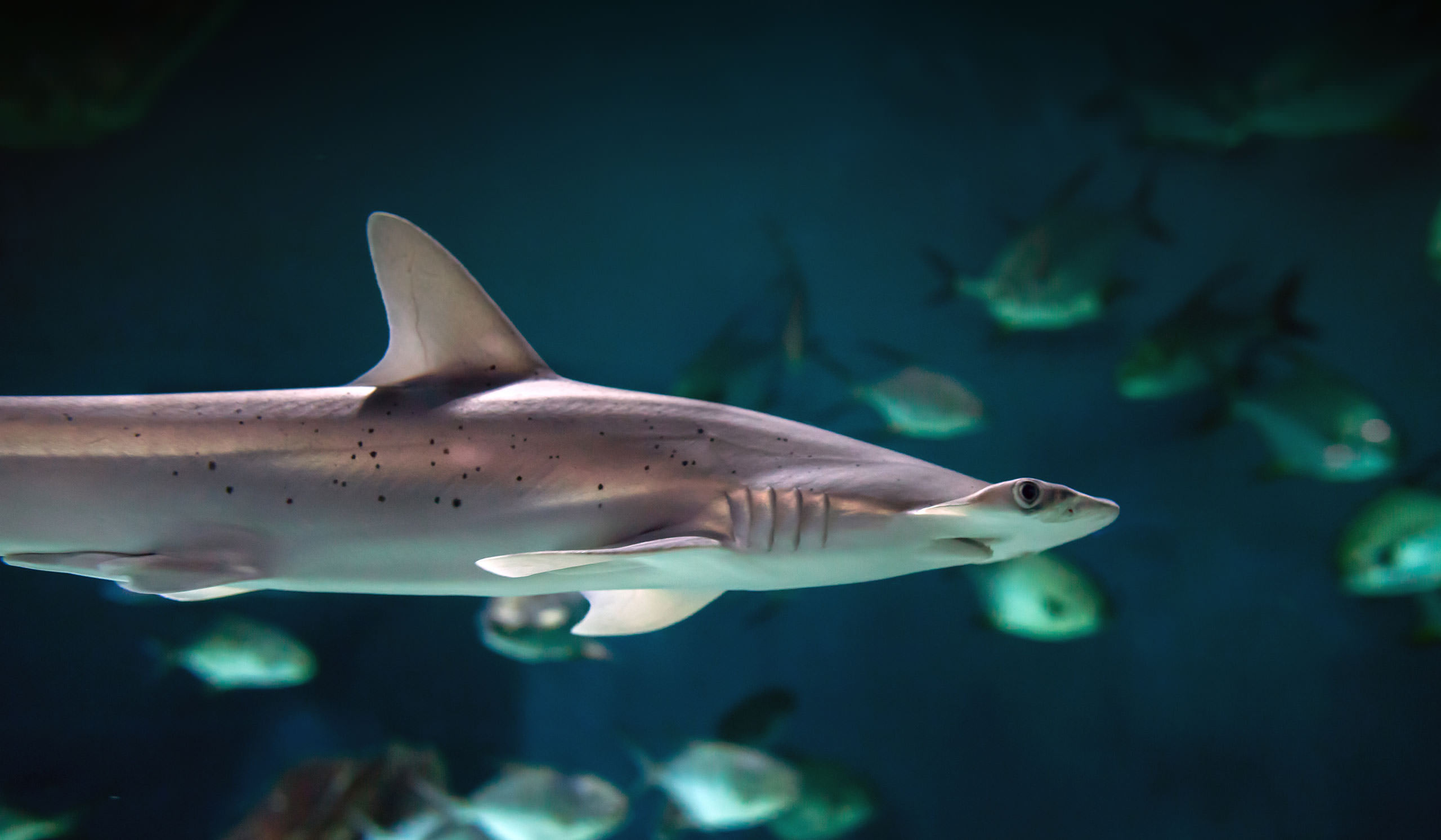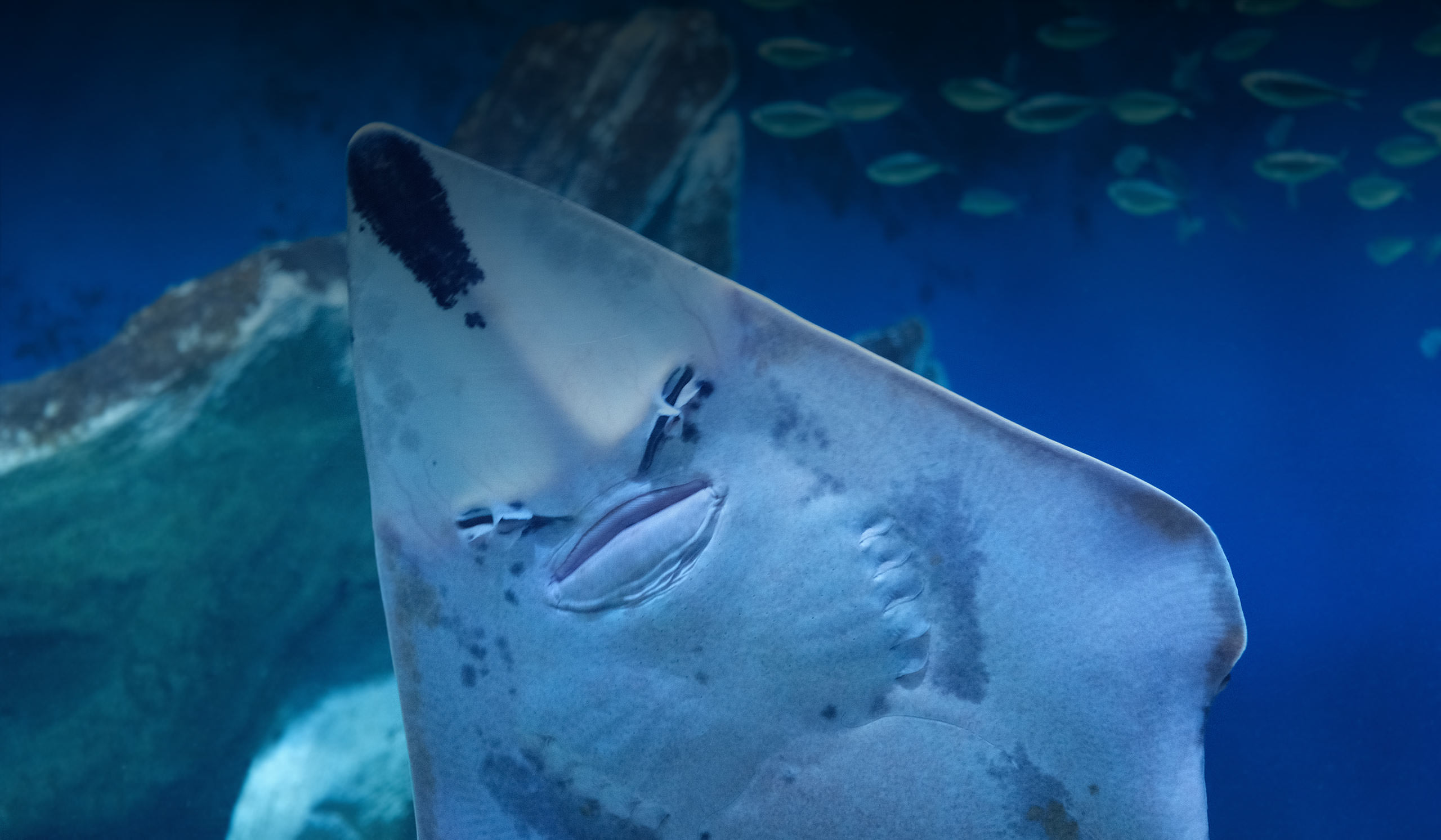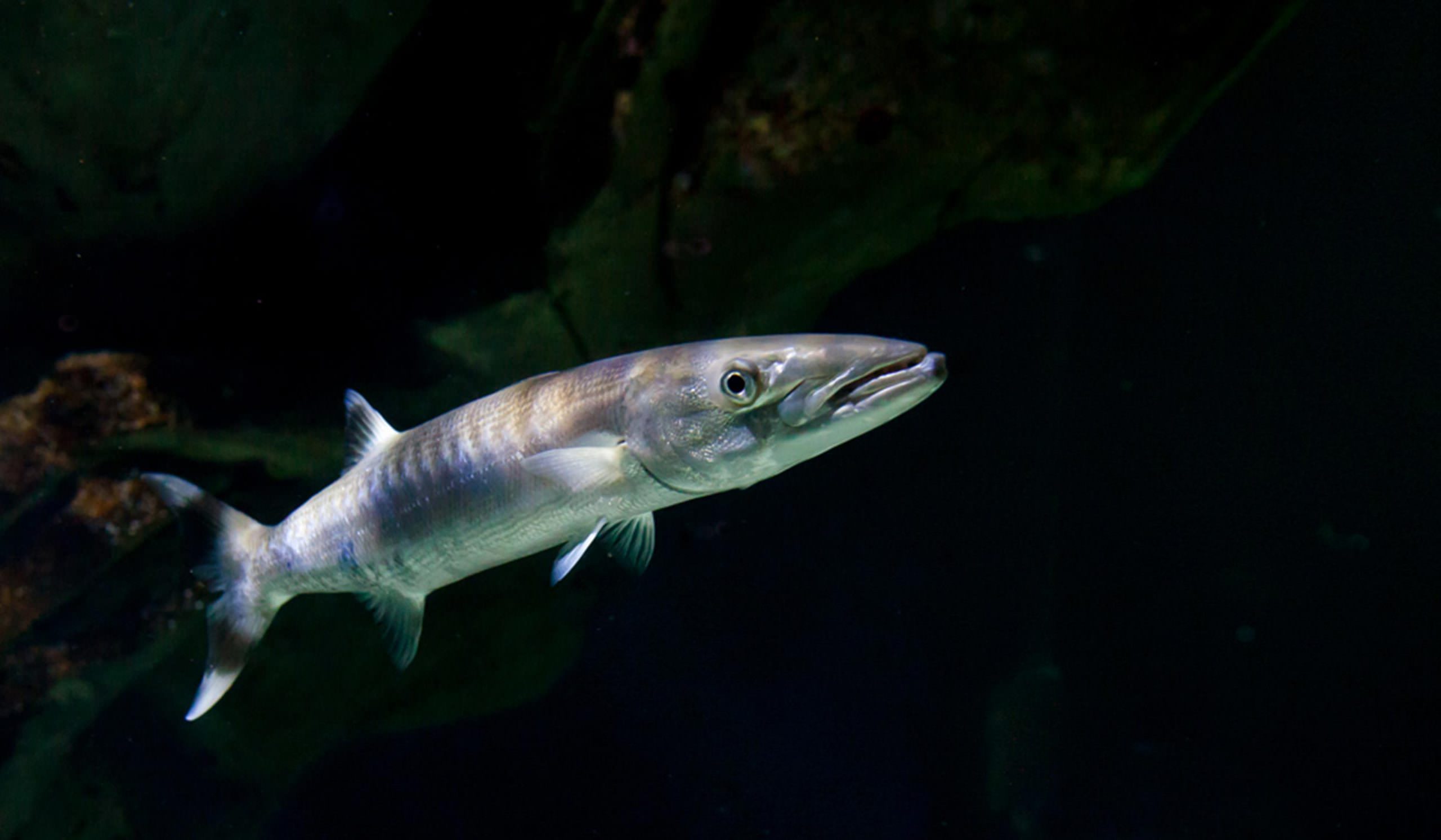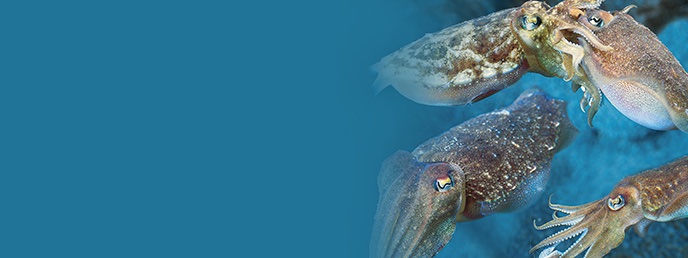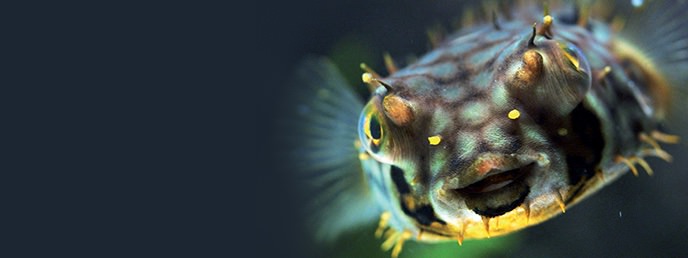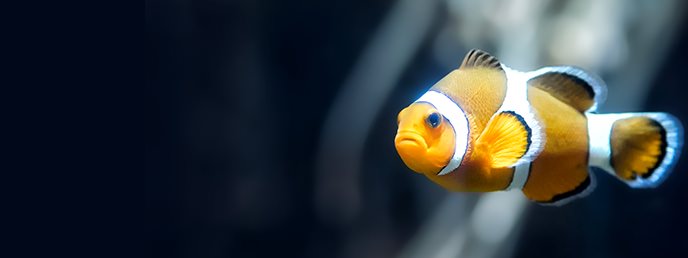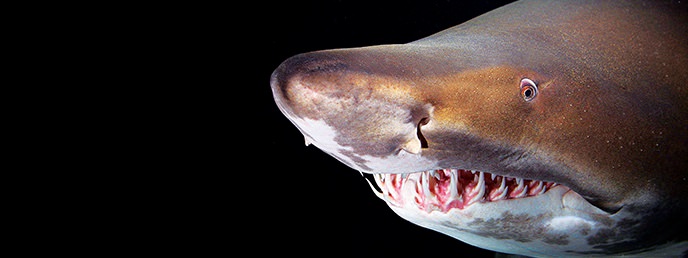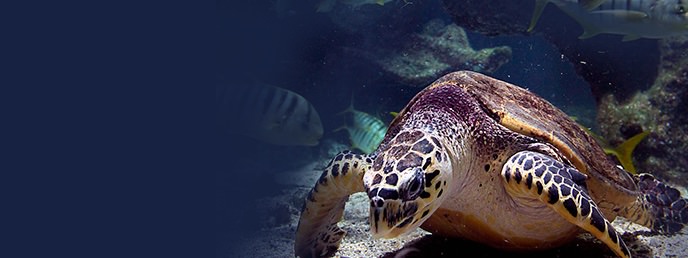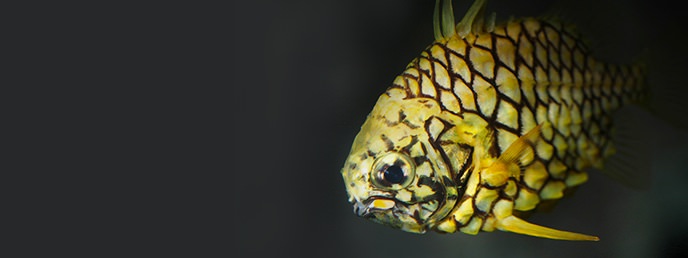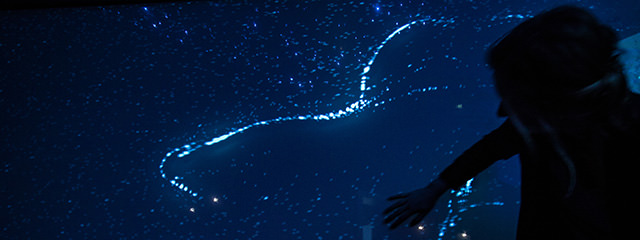From the coast to the open sea
Ground floor
Open sea and jellyfish
The further the sea is from the coast, the greater its depths and the living conditions of the species living in it change. The influence of the tides fades and the temperature and salinity levels no longer vary day-to-day in the way they do by the coast.
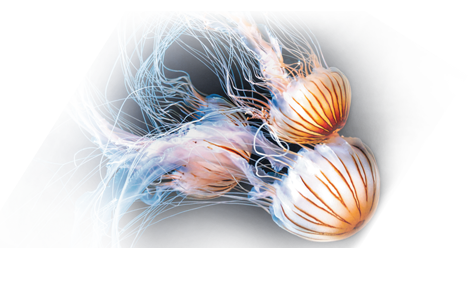
Key figures
At depths of more than 30 to 40 m, there is not enough light for macro algae, which thrives attached to the rock, to develop. Their habitat is limited to the coast and they only make a tiny contribution to ocean productivity. 75% of this is assured by micro algae, phytoplankton, which floats in surface water exposed to sunlight.
The ocean environment
Depth increases and animal living conditions change when moving away from the coastline. The tide’s influence decreases, and salt and temperature do not undergo daily variations observed near the coastline. Near the bottom, the effect of swells is no longer noticeable. The dominant trade and western winds blow regularly and create ocean currents such as the Gulf Stream.

